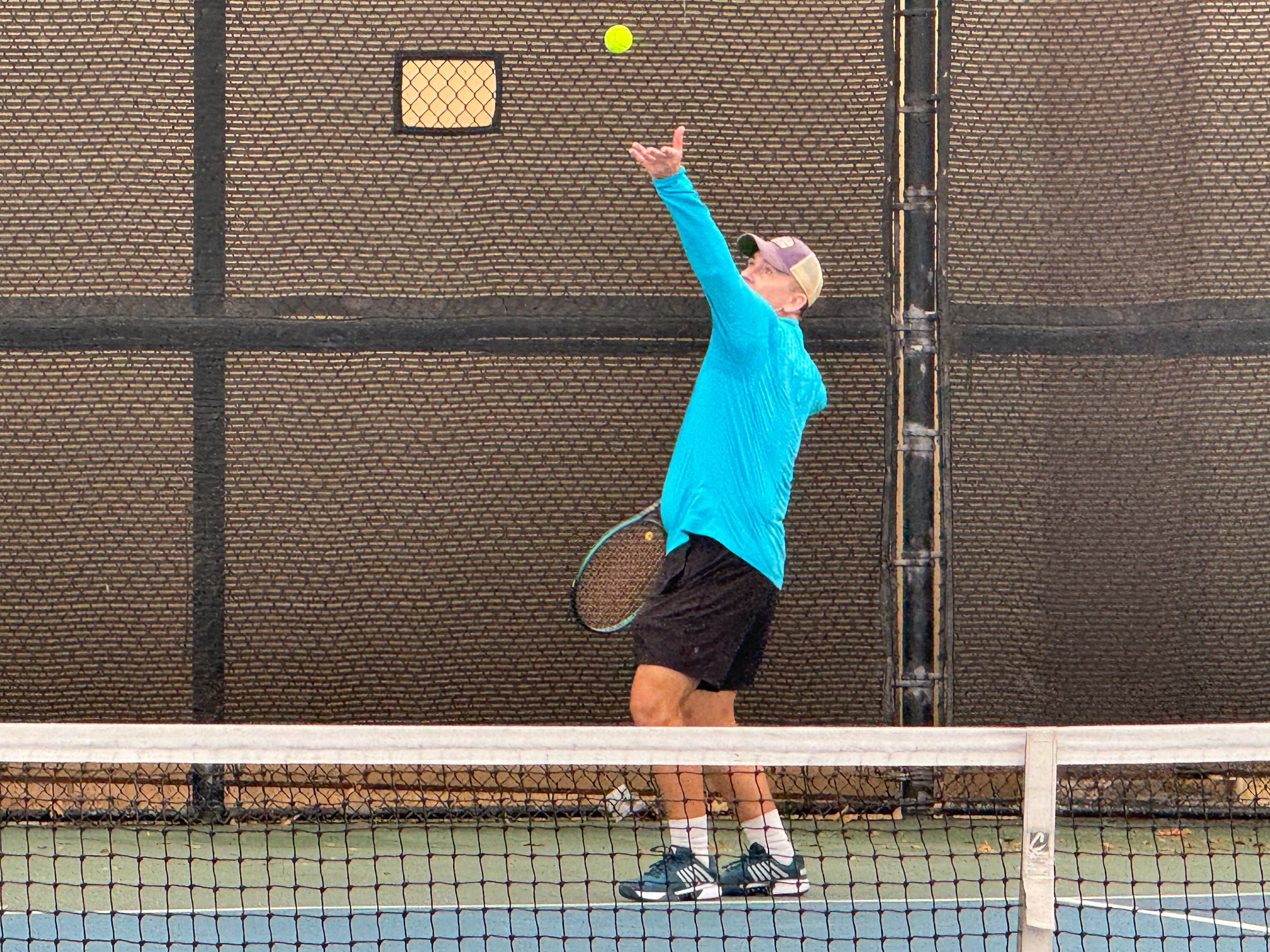Today’s post is full of drama, intrigue, and suspense. Can the Fiend finally close out the tie-breaker? I think all that remains to cover are a couple of odds and ends.
First on the docket is change of ends within a tie-break. End changes are not in the body of the actual rules in this section, but rather in USTA comment 5.3.
USTA Comment 5.3: When do the players change ends during a tiebreak? Players change ends after every six points and at the end of the tiebreak. (See Rule 10.)
USTA Friend at Court, ITF Rules of Tennis, USTA Comment 5.3
Flipping forward to Rule 10, I find that it is the section providing the complete specification for changes of end. Logically, Rule 10 should (and does) include tie-break scenarios. That rule is one stop shopping for end changes.
I find myself starting to categorize the comments. Some clearly arose because of “situations” that escalated up to the USTA for a ruling. USTA Comment 5.3 is in the class of comments that exist as a pointer. It is to ensure that the reader is aware that additional information relevant to the rule is covered in another section. The text of the comment provides just enough information to the reader to either repeat the essential information or to point them in the right direction.
Rule 10 and Comment 5.3 both contain an exception clause for the Coman Tiebreak Procedure and point to Appendix V for that process. Appendix V is “Alternative Procedures and Scoring Methods.” The rule for the Coman Tiebreak Procedure is very simply and elegantly stated.
CHANGE OF ENDS (Rule 10) (Coman Tiebreak Procedure): During a tie-break game, players shall change ends after the first point and thereafter after every four points.
USTA Friend at Court, ITF Rules of Tennis, Appendix V
As has become my custom, I looked around the internet for the history behind the Coman procedure, and found one lone document published by USTA Florida on the topic.
The Coman tiebreak procedure initially called the “Balboa” tiebreak, because it was invented by players a the Balboa Club in Southern California. Rabbit Trail Alert! The fact that I instinctively capitalized the “S” in Southern is because I regard the usage a USTA Section title, rather than a regional distinction. It is a proper name.
When the Coman tiebreak method was put into the rules in 1985, it was designated as an “experimental” tiebreak. In 2004, the experimental designation was removed and the procedure became known as the “Coman” tiebreak. The namesake, John Coman, was not the inventor of the method, but rather an early advocate for it. It was also a way for the USTA to honor a lifetime devoted to tennis.
The Florida document also clearly lays out the advantages of the Coman system. First, by changing ends more frequently, the effects of elements (sun, wind) that might impact play are distributed more evenly and consistently across the tie-break. Additionally, when used in doubles players will always serve on the same side that they served during the set.
When I first started playing tennis, the 9 point tie-break was still in effect. It transitioned to what is currently documented in the rules pretty early in my junior career. The experimental system that later became the Coman was published the year I graduated from high school. I was not aware of existence of the Coman system until I started playing senior tennis after a 28 year hiatus in from competitive play. There is a story there, but I have to defer it for another day.
There is one additional tie-break related comment that needs to be covered in this section, which is USTA Comment 5.2. Essentially that comment is to not confuse the tiebreak game with the 10 point Match Tiebreak, which is described in Appendix V. This will most certainly come up again as alternative scoring formats are discussed.
With that, the final point in the tie-break discussion is completed. Like many real-life tiebreakers, it took longer than it should have, but in the end we managed to close it out. High Five!
- United States Tennis Association (2020) Friend at Court. White Plains, NY
- USTA Florida, The Coman Tiebreak Procedure, viewed February 9, 2020



